Tuesday June 25th, hearing 39
At the beginning of the hearing, the plaintiffs’ attorney, Jovita Tzul, requested that the judges, due to the fact that the defense of Manuel Benedicto Lucas García was granted an injunction which left out the testimony of expert witness Benjamín Carleoni, analyze and rule that said expert witness appear before the court again. This in order to guarantee the effective judicial protection of the victims and to avoid their re-victimization, since this strategy of the defense could delay the process. The defense requested this protection and it was granted in an Appeals Chamber, since in the hearing of expert witness Carleoni’s testimony, the Judges declared that the request for an expert witness proposed and approved for the defense of Callejas and Callejas, to question Mr. Carleoni, was not granted.
It is important to point out that said technical consultant was not proposed by the defense of Manuel Benedicto Lucas García, but rather the defense tried to have him intervene when the procedural stage in which he should have been proposed had already passed. Judges Gervin Sical, Liliam Ajcam and Óscar Herrara decided to declare the request of Mrs. Tzul inadmissible. Indicating that the provisional injunction will be complied with and the act of the declaration of the expert Carloni will be suspended, due to the non-acceptance of the technical consultant proposed by the defense.
Subsequently, the expert Edgar Sanchez was presented and ratified his forensic anthropological reports. Regarding the exhumation carried out in Santa María Nebaj, Quiché, he indicated that they were looking for 34 skeletons, of which 21 and 6 partial remains were found. He explained that it took a week to perform the exhumation. Regarding the FAFG of 30-04-2010 carried out in the village of Pexla Grande, Santa María Nebaj, Quiché, the expert explained that the relative of the victim found in this exhumation indicated that his father was killed by members of the army. In the skeleton were found some boots, clothes and household items, all as an offering. With respect to this exhumation everything corresponds with what had been indicated to them by the survivors. The plaintiff answered that the skeleton was found in what at that time was a legal cemetery.
Another expert report that he ratified dated 11-11-2009, carried out in Aldea Xix, in Chajul, Quiché, had the objective of exhuming 2 persons, who were found and because of the type of burial they could see that it was done by family members. Regarding the survey dated 3-4-2014, conducted in the village Ilom, San Gaspar Chajul, Quiché, 4 skeletons and disarticulated remains were found. In some of the skeletons were found traces that indicate that they may have been burned before being buried, since the skeletons and clothing showed burns.
Wednesday, June 26th
This hearing was canceled because the videoconference judge responsible for conducting the trial at the Military Hospital, where Benedicto Lucas García is being held, did not show up.
Thursday, June 27th
The forensic anthropologist, Heidi Quezada Arriaga, was present to ratify her expert reports carried out in 2009, 2014, 2010 and 2012.
Some of the highlights of her expert reports were that in the Vivitz village, several skeletons were found, some identified thanks to DNA tests and information from family members. Among them were Jacinto Rivera, detained and taken to a detachment, and Domingo Rivera Cobo, surprised by the soldiers while he was hiding when they entered his community.
Regarding the exhumation in Pexla Grande, Santa Maria Nebaj, skeletons with signs of violence were found in a clandestine cemetery, given the number of graves. The 24 bones correspond to the events of January 20, 1982.
The expert indicated that in order to locate the exhumation site, they were accompanied by the relatives, who indicated the spot, where there was a rosebush of flowers. The signs of violence that were found were a loop around the cervical vertebrae, that is to say, the neck.
The expert pointed out: “In my experience I have seen these types of marks more in military detachments, this pattern indicates that they were buried by the perpetrators.” She explained that 9 skeletons were found that were not placed in the usual way, they were in different positions. She emphasized again the difference between burials by family members and by the perpetrators: “Even when they are patrolmen (PAC’s) who know the burial rites, it is noted that there is respect when burying the body, but in this context, the bones are one on top of the other, mixed up.”
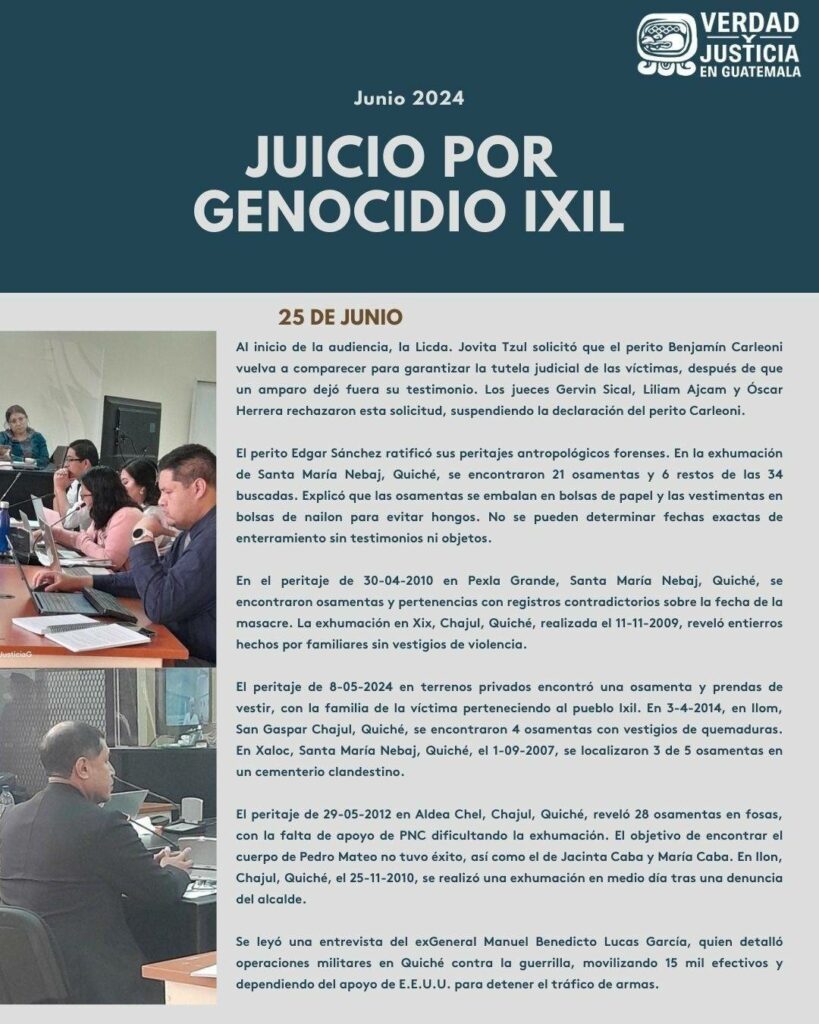
By Verdad y Justicia. Infographic from Verdad y Justicia about the hearing on June 25th, 2024 in the Ixil Genocide case.

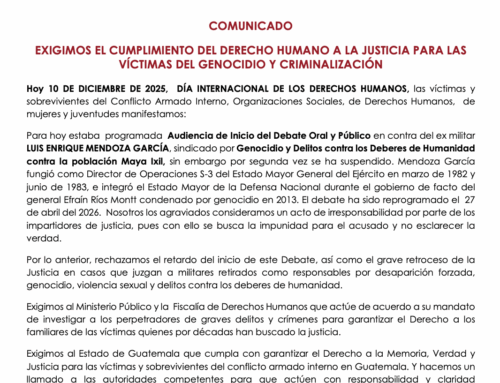
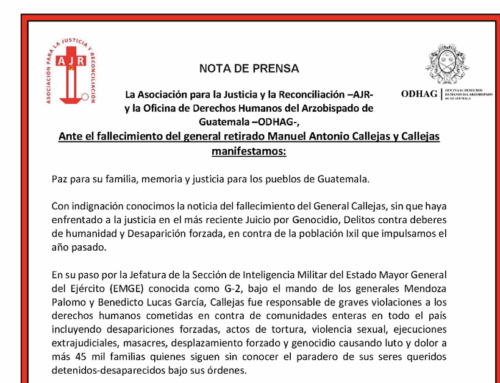
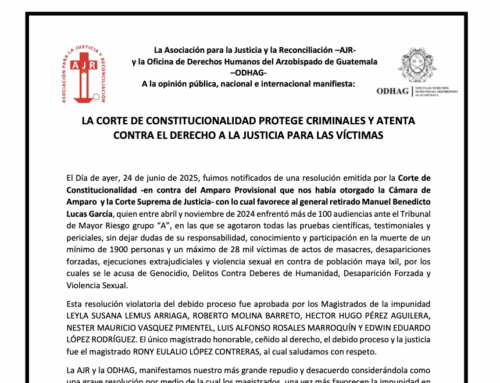
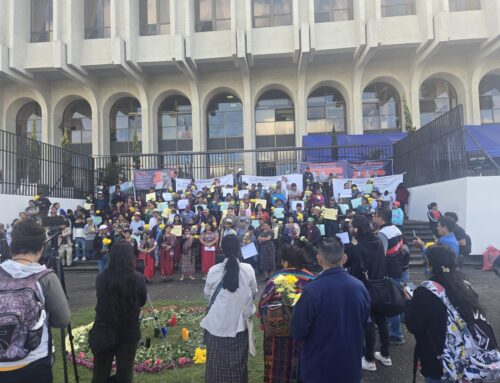
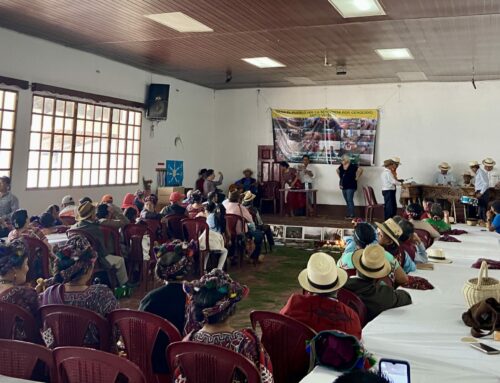
Leave A Comment